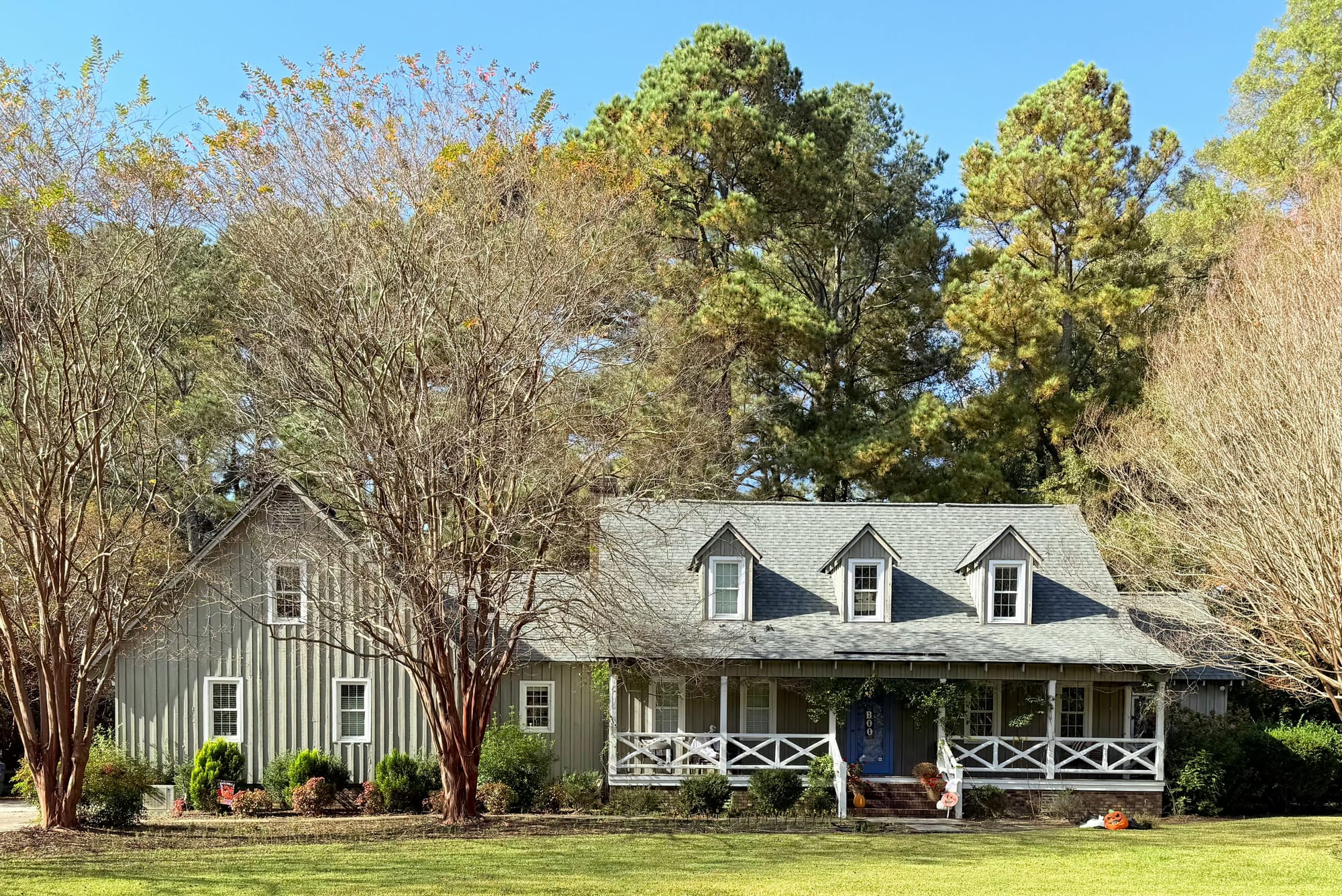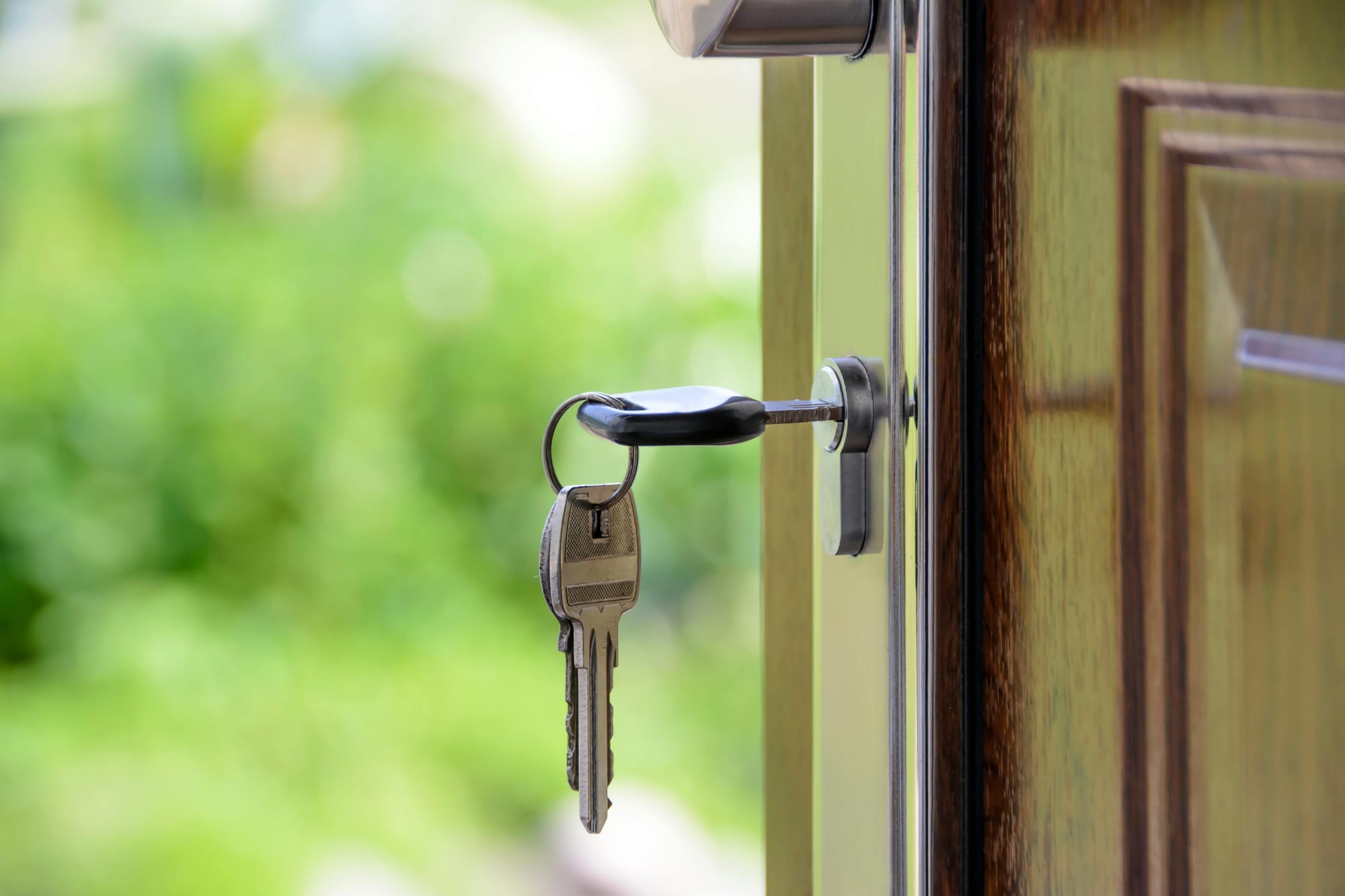Homebuyers frequently ask their agent, "So how's the neighborhood?" But did you know it would be illegal for your real estate agent to answer? Federal law prohibits agents from categorizing a location in terms of race, color, religion, nationality, sex, disability, and familial status.
"All of that is designed to prevent discrimination by expressly prohibiting real estate agents from steering clients to specific neighborhoods based on any of these criteria," writes real estate law firm Mikita and Roccanova.
Since we can't expect agents to categorize potential neighborhoods in those terms when we go home shopping, we need to answer many of our location questions ourselves. A little research and observation, both in person and online, can go a long way to summing up a neighborhood's character. You might search for mentions of the neighborhood in the local news, but don't restrict your research to the web. Drive around to get the big picture, then park and walk around to see much more. People spot things walking that they never notice driving.
Get Free QuotesPreviously we wrote about the advantages of buying in a new neighborhood. In brief, they were:
- Adding your own input during the build
- Modern floorplan, open concept
- Energy efficiency
- Helping create the neighborhood from scratch
Now we bring you some advantages of buying a home in an established, older neighborhood.
Old-Growth Trees
The clear-cut method used today to start housing developments calls for the natural landscape to be bulldozed flat and stripped to the bare dirt. Homes are built and then complemented by sod and saplings. It will be years before the residents enjoy grown trees.
The most-desired neighborhood feature is a good park, according to Realtor.com. You're as likely to find a park in an old neighborhood as a new one.
In contrast, buying in an older neighborhood garners you mature landscaping and sturdy, stately old-growth trees. This neighborhood juxtaposition is evident in most episodes of HGTV's hit show Love It or List It, wherein homeowners choose between staying in their home after a renovation or moving to one of the available homes they tour during the program. Now filmed in verdant North Carolina (it originated in Ontario, Canada), the show frequently comes down to a choice between an existing home nestled in the woods and new construction somewhere without a leaf in sight. This could be one reason the renovation wins three out of four times, a score once estimated by the show's designer, Hilary Farr.
Trees aren't only beautiful, oxygen-giving assets to any home, but they make us feel better too. One study found that people living in apartments with views of concrete reported higher levels of aggression than those in identical buildings with a view of trees.
Trees save homeowners money as well by providing shade in summer and a windbreak in winter. They help regulate the house's temperature just by standing there.
Mature trees can make the difference between enjoying your backyard all summer long or only when the thermometer lets you. Take for example the "bit of Kauai" created for a home in Rancho Mirage, California, as featured in Palm Springs Life (Apr. 2021). A stone deck, pool, and waterfall spa are nestled among and below old-growth trees and lush tropical plants. "They create a swimming enclave that is 10 degrees cooler than the rest of the desert," wrote Lisa Marie Hart. Ah, the power of trees!
A Walkable Life
Real estate experts rank grocery stores and restaurants 8 out of 10 on the scale of desirable neighborhood features, where 1 is "Who cares?" and 10 is "I gotta have it!" You are much more likely to find shops and eateries in older neighborhoods than new ones.
Modern zoning restrictions still bewilderingly separate much residential and commercial development, despite a couple decades of recommendations to the contrary. Two years ago my parents bought new construction an hour out of Denver, a handsome home in a development flanked by future sites for more development. Many more homes have gone up, and a good park has now opened, but there's still not a grocery store in sight. The neighborhood is an island, and everyone must rely on a car for the simplest errands.
Lendgo finds borrowers their best match fast and free.
In contrast, older neighborhoods offer a walkable blend of homes, shops, and restaurants. They were mostly built on a grid, shortening the distance anyone would need to walk to buy food, drop off dry cleaning, and so on.
A Less Restrictive HOA, or None at All
Want an earful? Ask homeowners how they like their HOA. Opinions run the gamut from "They're basically Nazis" to "Thank god for our HOA," since every homeowners association is as different as its people.
Would you like to plant a pink flamingo on your lawn and not be scolded? Would you like to repaint your house without getting the colors approved beforehand? If so, you would bristle at a restrictive HOA, and you might prefer not to deal with one at all. That is a benefit of buying in an older neighborhood.
Stake Your Claim in an Up-and-Coming Neighborhood
Neighborhoods can transition from desirable to sketchy and back to desirable. A strong local economy increases the odds that today's questionable area is tomorrow's new cool place to live.
"Buying property in an up-and-coming neighborhood before the values increase is, in my view, the best possible investment in real estate," wrote Beatrice de Jong in Forbes.
“By buying in an up-and-coming neighborhood that has not yet reached its peak, you set yourself up for rewards later.”
You wouldn't want to buy a home anywhere unsafe, but if you hear that a neighborhood has a higher crime rate, remember that the statistic is relative. Without question, the crime rate is lower today than 20 years ago and almost half of what it was 30 years ago, which is remarkable considering how thoroughly we track crime today. You'd think the rate would increase solely because we keep better records, but instead it has dropped significantly.
"By buying in an up-and-coming neighborhood that has not yet reached its peak, you set yourself up for rewards later," noted de Jong. "When neighborhood values increase, your equity will go up just as rapidly."
A Bigger House for the Same Money
Although there are exceptions, older homes tend to be larger than new construction; or, if two homes are the same size, the older home will cost less. You get more home for the money buying in an older neighborhood.
In older neighborhoods, larger yards are certainly a big draw. New housing developments skimp on yard space. Older homes might have side yards and bigger driveways too.
Conclusion
A few drives and walks through old neighborhoods and new ones where you are thinking of buying a home will help you choose. Old neighborhoods have character; new ones are like blank slates. Each choice has its advantages. Which are you drawn to? Which would you like to see out your door every morning? As with so much of homebuying, this decision requires you to follow your heart as well as your head.
Get Free Quotes






